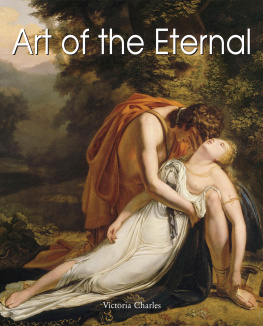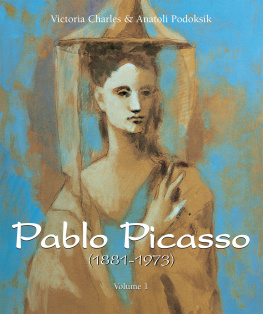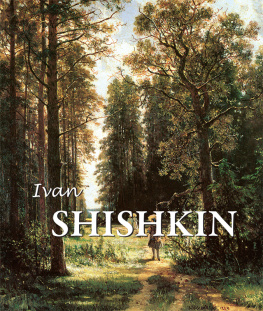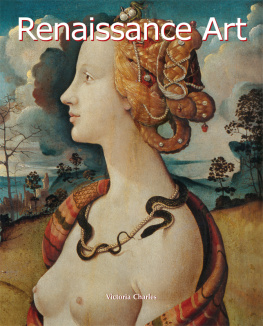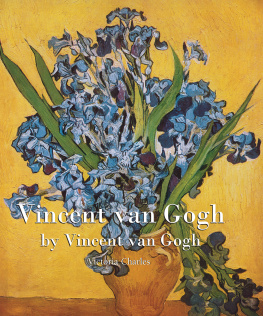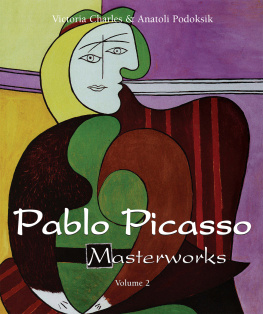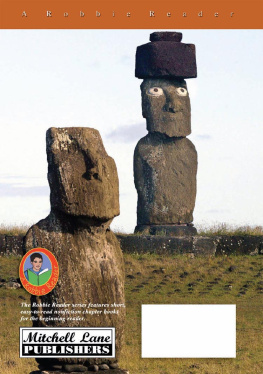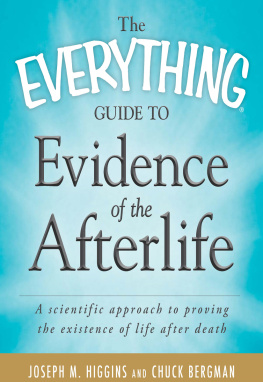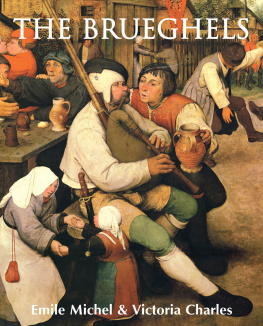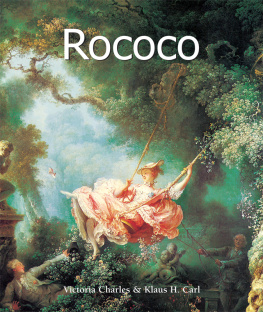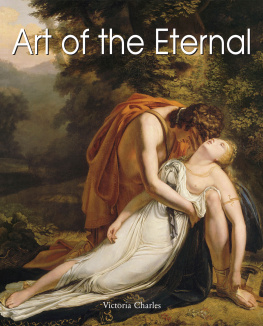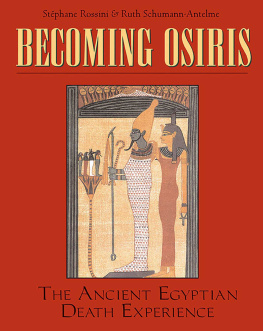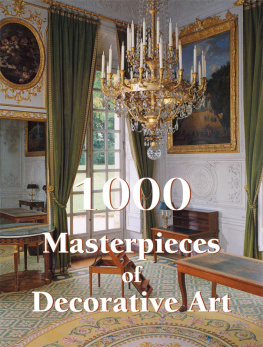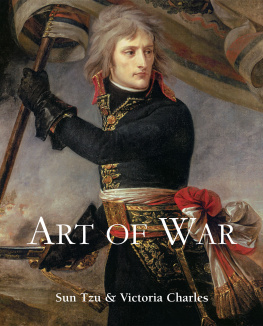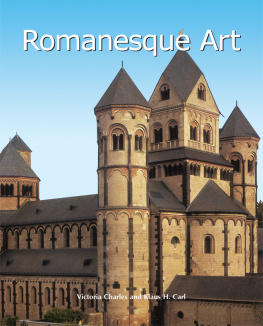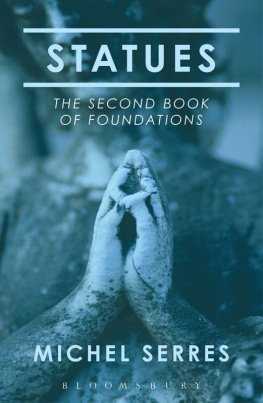Author:
Victoria Charles
Layout:
Baseline Co. Ltd
61A-63A Vo Van Tan Street
4 th Floor
District 3, Ho Chi Minh City
Vietnam
Confidential Concepts, worldwide, USA
Parkstone Press International, New York, USA
Image-Bar www.image-bar.com
Marc Chagall Estate, Artists Rights Society (ARS), New York, ADAGP, Paris
Salvador Dal, Gala-Salvator Dal Foundation/ Artists Rights Society (ARS), New York/ VEGAP, Madrid
Succession H. Matisse, Artists Rights Society (ARS), New York
Graham Sutherland Estate, all rights reserved
All rights reserved.
No part of this publication may be reproduced or adapted without the permission of the copyright holder, throughout the world. Unless otherwise specified, copyright on the works reproduced lies with the respective photographers, artists, heirs or estates. Despite intensive research, it has not always been possible to establish copyright ownership. Where this is the case, we would appreciate notification.
ISBN: 978-1-78310-778-0
Victoria Charles
Art of the
Eternal

Contents
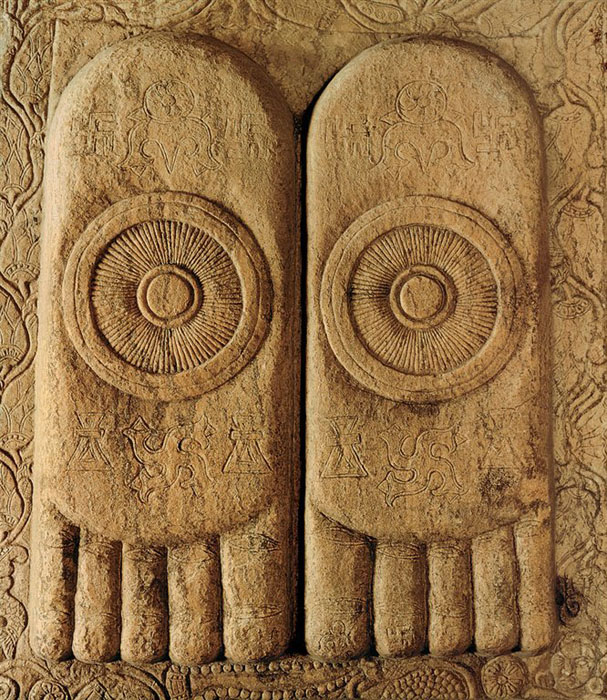
The Buddhapada, 1 st century BCE.
Limestone panel, 67.5 x 46.25 x cm .
Great Stupa at Amaravati, Andhra Pradesh.
To see a world in a grain of sand, And a heaven in a wild flower, Hold infinity in the palm of your hand, And eternity in an hour. William Blake, Auguries of Innocence |
Introduction
Like as the waves make towards the pebbled shore, So do our minutes hasten to their end; Each changing place with that which goes before, In sequent toil all forwards do contend. Nativity, once in the main of light, Crawls to maturity, wherewith being crownd, Crooked eclipsesgainst his glory fight, And Time that gave doth now his gift confound. Time doth transfix the flourish set on youth And delves the parallels in beautys brow, Feeds on the rarities of natures truth, And nothing stands but for his scythe to mow: And yet to times in hope my verse shall stand, Praising thy worth, despite his cruel hand. Sonnet 60 , William Shakespeare |
The mysterious preoccupation with death and the afterlife has been constantly explored and revisited throughout time. The harsh reality of death and the aging process, act as a foundation for the belief in eternal life. Human beings in hopes of evading death, seek satisfaction in imagining a source that could grant immortality. Throughout time, symbols such as the Fountain of Youth, the Holy Grail, and the Philosophers Stone demonstrate both the alluring nature and popularity of this subject. As a result of nature, myth and religion, humans are continuously reminded of the impending notion of death. The stories of Sisyphus, Achilles, Icarus and a plethora of other legendary characters, act as didactic tools illustrating the impending fate that ensues when humans attempt to defy the laws and limits of the universe. Without death, humans would metaphorically be subjected to the fate of Sisyphus, with the unfortunate task of pushing a massive stone up a perpetual hill. Earthly immortality represents an unnatural entrapment which would greatly impede the cycle of life. The seasons constantly remind us of the transient nature of the universe; the revival and return of spring is dependent upon the dismal and sombre quality of winter. Mankind cannot escape death because it is deeply ingrained in the environment that surrounds it and therefore represents an integral part of what it means to be human.
However simply acknowledging the inevitability of death, does not provide us with the ability to perceive and understand the event itself. Human beings can prepare for the causes and circumstances of death, yet there is no explanation of the inmost reality of the fatal event. The circumstances of the mortal hour are infinitely varied, yet the crux of the experience is continually the same: there are a thousand modes of dying, but there is only one death. Therefore, recognising the possibility of an indefinable death implies the existence of an unknown, an extremely overwhelming realisation. In order to come to terms with this fact, humans shift their focus to the possibility of an afterlife, finding comfort in imagining its splendour. John Keats embraces this idea of the indefinite in his famous poem Ode on a Grecian Urn, expressing Heard melodies are sweet, but those unheard / Are sweeter; therefore, ye soft pipes, play on; (Keats, Ode on a Grecian Urn, lines 11-12). Evidently, believing in an afterlife alleviates the fears often associated with death. The dying Socrates said that he should trust his soul on the hope of a future life as upon a raft, and launch away into the unknown. No emblem of our human state, with their mysteries, perils, threats and promises, could be more impressive than that of a vessel launched into the great deep. Thus the imagination broods over both the prophetic warnings and alluring invitations characterised by these mysterious havens of eternity.
The obsession with the Eternal is deeply embedded within history; entire civilisations and cultures have developed belief systems surrounding the prospect of life after death. Elaborate art works such as sarcophagi, tomb relics, religious paintings and even more abstract pieces, provide an excellent socio-cultural lens in which to understand specific beliefs, rituals and philosophical concepts regarding the afterlife. In addition, the juxtaposition between art and excerpts of poetry and prose creates a dynamic force, demonstrating the sheer intensity of this topic.
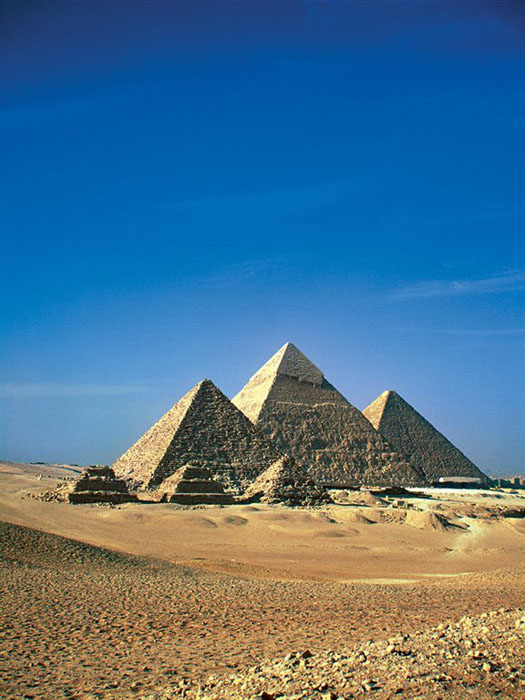
The Great Pyramids of Giza, c. 2600 BCE and later.
Egyptian Old Kingdom. Stone, Giza.
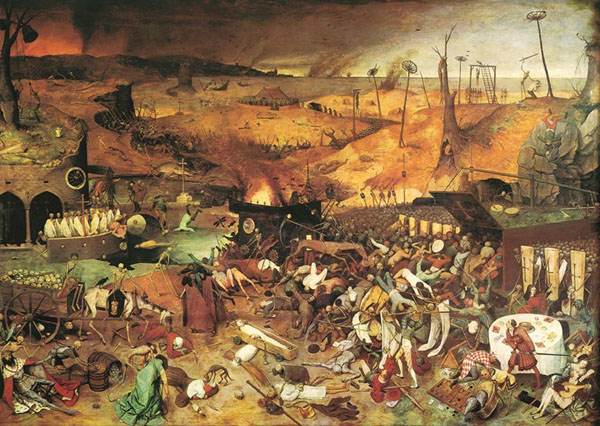
Pieter Bruegel the Elder, The Triumph of Death, c. 1562.
Oil on wood, 117 x cm . Museo Nacional del Prado, Madrid.
I. Ancient Conceptions of Death and the Afterlife
Examining Egyptian, Etruscan, Greek, and Roman works of art gives us an invaluable insight into some of the many ways that human beings prepared for death and the journey to another realm. The majority of the works of art within this chapter are tomb relics or other forms of funerary art which often depict the deities, ceremonies, customs and beliefs surrounding death and the afterlife. Exploring these cultures and their works of art collectively illustrates several of the recurring themes and beliefs that existed amongst these civilisations. For example each of these religions utilised some type of judgement process to determine the fate of the deceased, yet the details and myths surrounding this process are vastly different.
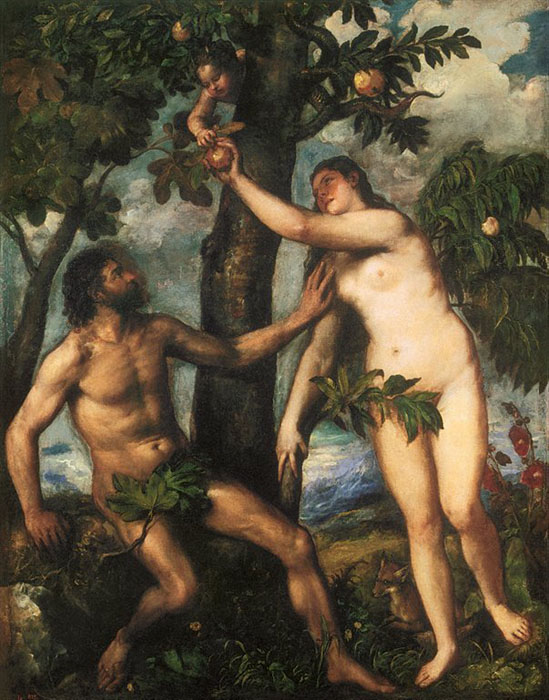
Next page
